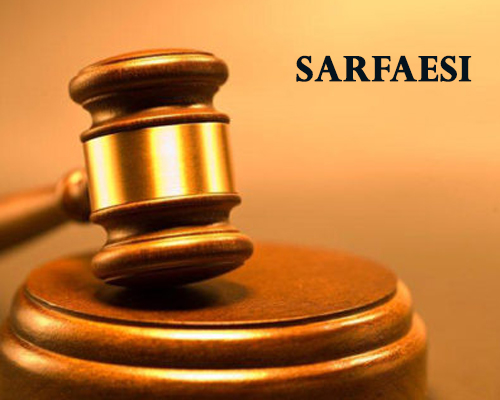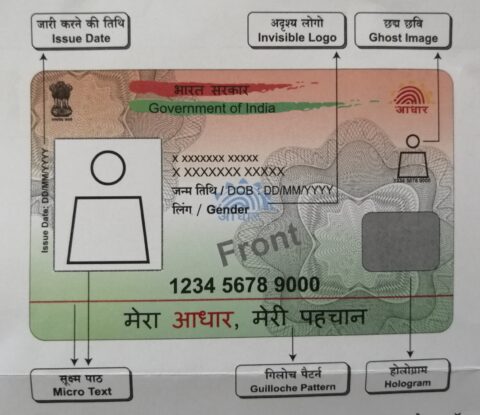Supreme Court Reinforces SARFAESI Shield: No Stay on Bank Possession Without Demonstrated Pre-Existing Tenancy

The Supreme Court, in PNB Housing Finance Ltd. v. Manoj Saha & Anr., delivered on 15 July 2025, reversed an order of the Calcutta High Court that had restored possession of a mortgaged premises to a tenant who had failed to establish a prior, protected tenancy. The judgment clarifies the interface between the Securitisation and Reconstruction of Financial Assets and Enforcement of Security Interest Act, 2002 and the West Bengal Premises Tenancy Act, 1997, and reaffirms the primacy of the statutory remedy created by the SARFAESI Act, 2016.
The facts trace back to 1987 when Dr Manoj Saha entered into an unregistered lease for five years in respect of 450 square feet on the first floor of 1, Allenby Road, Kolkata. The lease expired in 1992, yet the tenant continued as a monthly tenant. In 2007 the original landlord sold the property to the second respondent, who became the new landlord and received rent. On 9 February 2017 the second respondent mortgaged the premises to PNB Housing Finance to secure two loan facilities. The account slipped into non-performing status, and on 13 July 2021 the bank issued the statutory demand notice under Section 13(2) of SARFAESI for approximately ₹3.09 crore. The borrower did not comply within sixty days.
Symbolic possession was taken on 2 December 2021 pursuant to Section 13(4) and was duly publicised; physical possession was completed on 2 August 2023 with the assistance of the District Magistrate under Section 14. Only on 23 August 2023 did the tenant assert tenancy rights and file Securitisation Application No. 737 of 2023 before the Debt Recovery Tribunal. The DRT declined interim relief, noting that the claim rested on an unregistered instrument and had not been disclosed when the mortgage was created. Undeterred, the tenant invoked the extraordinary jurisdiction of the Calcutta High Court under Article 227. A single judge set aside the DRT order and restored possession, holding that the tenant could not be evicted without following the procedure under the Rent Act.
Before the Supreme Court, the bank submitted that the 2016 amendment to SARFAESI introduced a complete code: any tenant aggrieved by measures under Section 13(4) must file an application before the DRT under Section 17(4A) and, if necessary, an appeal to the Debt Recovery Appellate Tribunal under Section 18. High Courts, it argued, ought not to interfere under Articles 226 or 227 where such a specific remedy exists. It further contended that the tenant had produced no rent receipts, municipal tax or electricity bills antedating the Section 13(2) notice, rendering the claim unsubstantiated.
The tenant countered that his occupation was protected under the West Bengal Premises Tenancy Act, 1997 and could not be terminated except on the grounds enumerated in Section 6 thereof. He relied on Vishal N. Kalsaria v. Bank of India and Anthony v. K.C. Ittoop to argue that SARFAESI does not override rent-control legislation and that an unregistered tenancy retains protection.
The Court examined the documentary record. Apart from rent deposits made after the demand notice, the tenant could adduce no independent evidence of continuous possession. His silence when symbolic possession was advertised in December 2021 and his delay in approaching the DRT until after physical possession had been taken weighed heavily against him. The Court distinguished Harshad Govardhan Sondagar, which was rendered before the 2016 amendment, and noted that Bajarang Shyamsunder Agarwal now limits protection for tenants under oral or unregistered agreements to one year from the Section 13(2) notice. Upon expiry of that period the tenant becomes a “tenant in sufferance” and cannot resist the secured creditor.
The Court reiterated that Section 17(4A) read with Section 18 provides a comprehensive and hierarchical remedy; interference under Article 227 is impermissible except in the rarest cases where the statutory remedy is illusory. Observing that the ejectment suit filed by the borrower-landlord after issuance of the SARFAESI notice bore indicia of collusion, the Court concluded that the High Court had erred in entertaining the writ petition.
Accordingly, the appeal was allowed, the impugned judgment set aside, and possession of the secured asset confirmed in favour of PNB Housing Finance. The Debt Recovery Tribunal was directed to dispose of the pending application within two months of the communication of the order, without unnecessary adjournments. The judgment fortifies the statutory architecture of SARFAESI and reiterates that constitutional courts should be slow to disturb a carefully calibrated statutory hierarchy when an efficacious remedy is available.
For further details write to contact@indialaw.in
By entering the email address you agree to our Privacy Policy.



